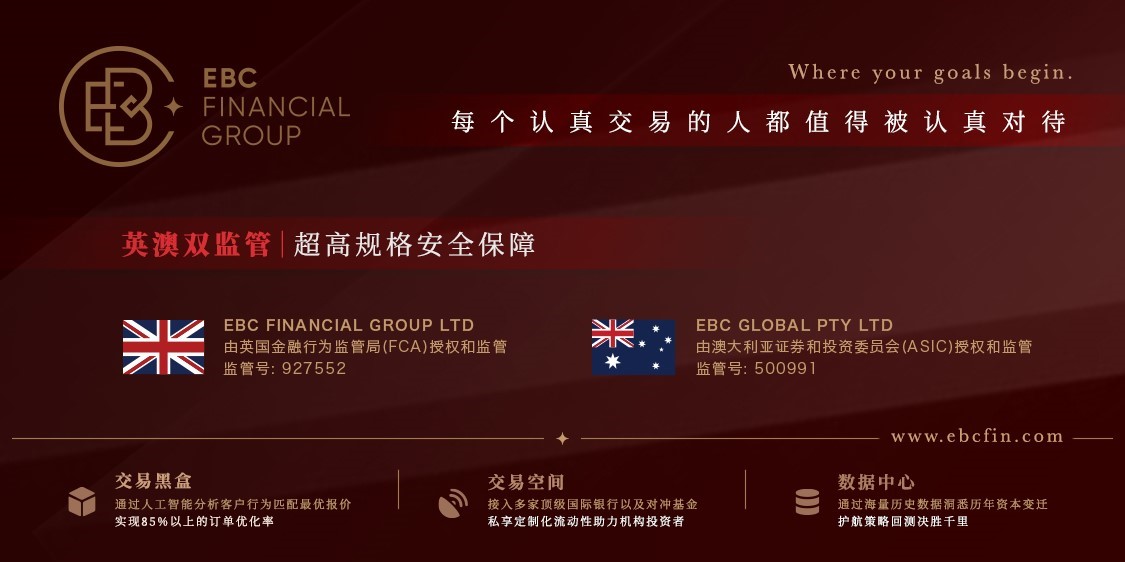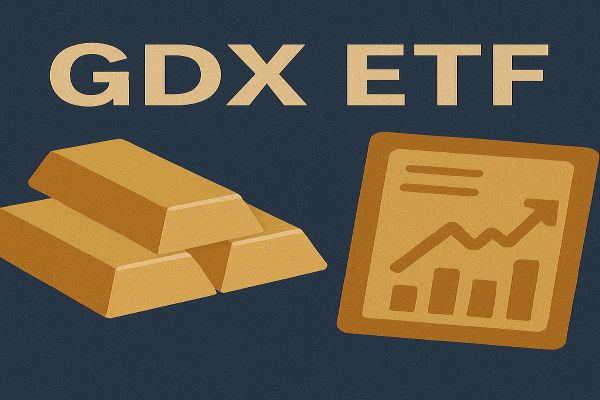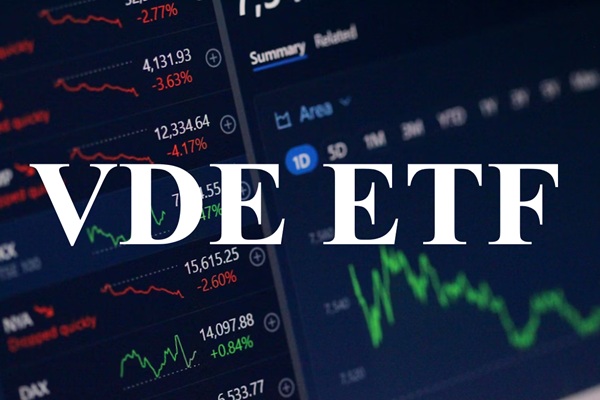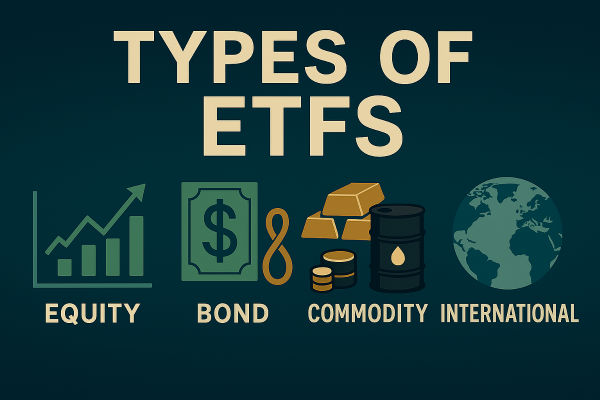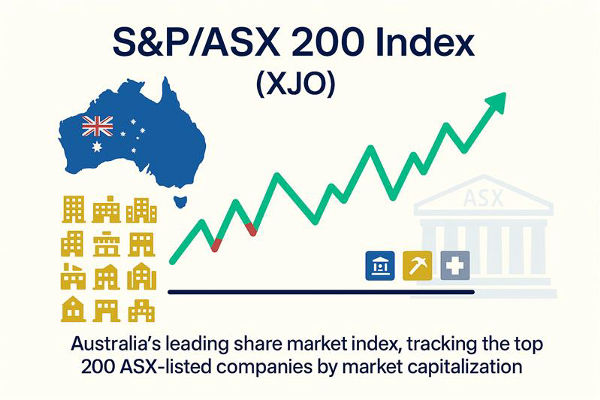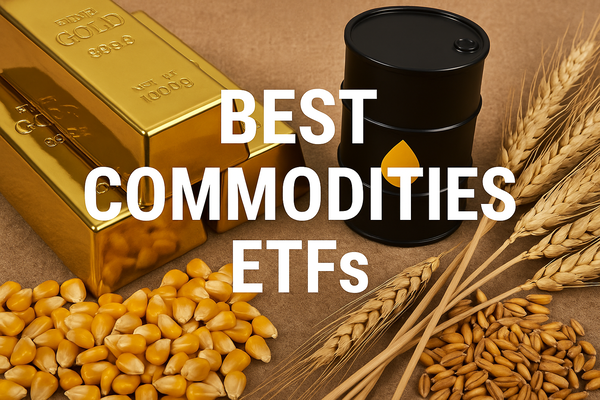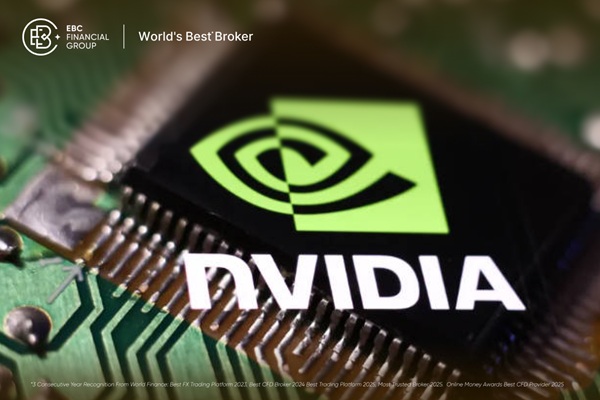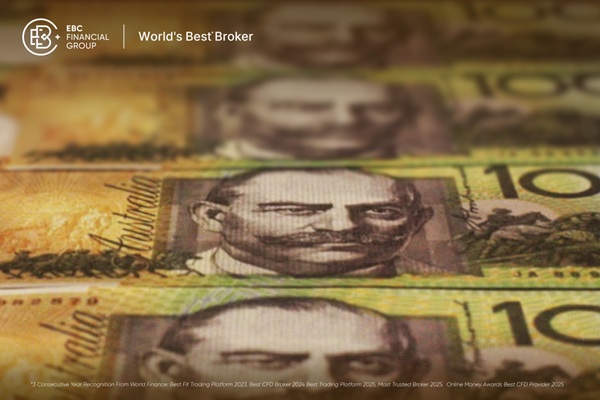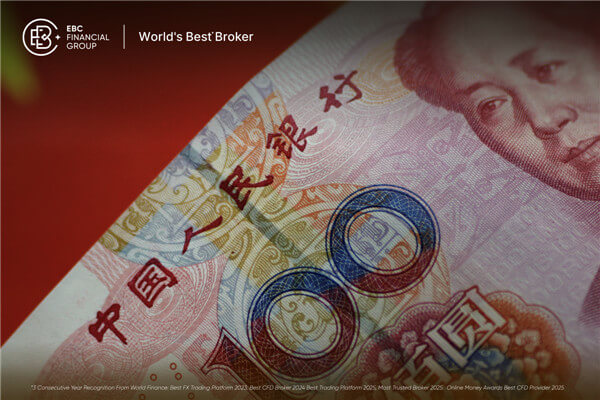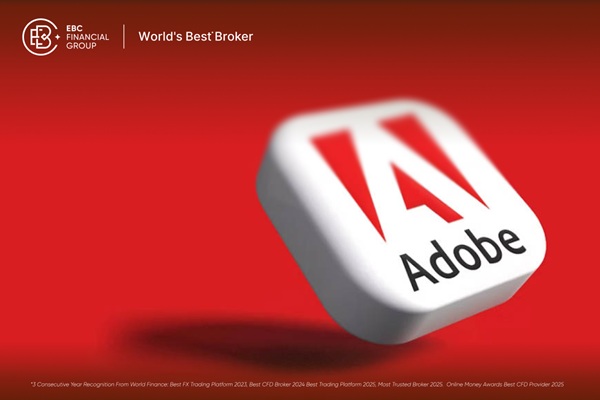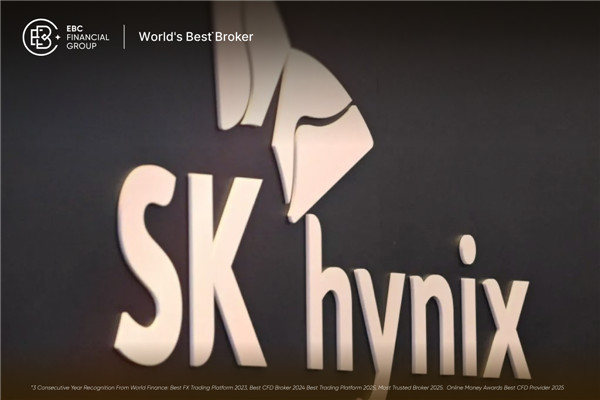Why invest in commodity index ETFs?
People often ask: Is the commodity index ETF worth buying? Can we hold commodity index ETFs for the long term like holding stock index ETFs? With so many different commodities, as investors, what commodities should we buy, what commodities should we not buy, and how should we make choices?
Currently, the most popular investment product in the financial market is ETF products designed based on commodity indices. For investors, purchasing such an ETF is equivalent to purchasing a package of different commodities, covering a variety of energy, metals, and agricultural products, eliminating the hassle of selection.
There are also some investors who are not interested in purchasing a package of commodities, but are more interested in individual commodities such as gold and oil. GLD (Gold ETF) and USO (Oil ETF) are specifically designed for these investors.
Commodity is an asset class that typically does not change in the same direction as other asset classes such as stocks and bonds. This means that when the value of stocks and bonds decreases, the value of commodities may increase, and vice versa. Therefore, they provide investors with a solution to diversify their investment portfolios.
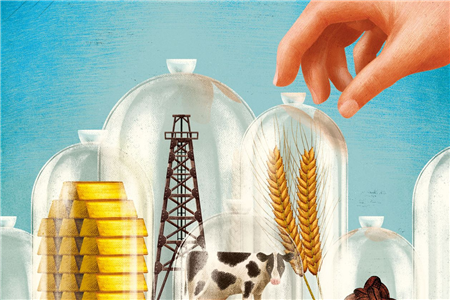
1. Key points
2. Commodity ETFs enable ordinary investors to enter various commodity markets more easily and with lower barriers.
3. Encourage investors to use a portion of their investment portfolio for commodities, with diversified investment tools and assets to cope with inflation.
4. Commodity ETFs exist in Precious metals, oil, natural gas, and agricultural products such as soybeans or livestock.
5. Commodity ETFs can be constructed in different ways, which may have different impacts on investors' risks, returns, and taxes.
Commodity ETFs enable investors to obtain exposure to a basket of commodities in a simple, relatively low risk, and cost-effective manner. There are many ETFs that track different commodities, including base metals, precious metals, energy, and agricultural products, which investors can use to design their ideal commodity investment portfolio.
Typically, commodity ETFs focus on a single commodity or on investing in futures contracts. A few commodity ETFs track commodity indices including dozens of commodities through a combination of physical storage and derivative positions.
Types of commodity ETFs
There are four different types of commodity ETFs:
Each different type has its advantages and disadvantages, so the choice will depend on the investment goals, risk tolerance, and cost tolerance of individual investors.
Stock fund category:
Stock based ETFs include stocks of companies that produce, transport, and store goods. Stock based commodity ETFs can provide investors with access to multiple companies or specific industries, making it simpler and cheaper to purchase the underlying company itself.
This is also a cheaper and safer way to obtain commodity exposure, as the risks involved in both physical and futures commodity ETFs are not applicable. The cost ratio of funds is often low. The downside is that stock fund ETFs add a barrier between investors and the products they want to access - the company itself.
ETN:
The second type of commodity ETF is exchange traded paper (ETN), which is a debt instrument issued by banks. It is a senior unsecured debt with a maturity date and supported by the issuer. ETN's asset returns are achieved through different strategies, including purchasing stocks, bonds, and options. The advantage of ETN is that there is no error between ETN and the assets it tracks, and it has better tax treatment because investors only need to pay regular capital gains when selling. The main risk involved in ETN is the credit qualification of the issuing institution.
Commodity fund category:
The third type is ETFs for physical commodities, currently limited to precious metals. The advantage of physical ETFs lies in their actual ownership and possession of goods. This eliminates both tracking risk and counterparty risk (which occurs when an ETF does not provide the same return as the assets it should track. Counterparty risk refers to the risk that the seller fails to deliver the goods as promised).
The disadvantage of physical supported ETFs is that delivering, holding, storing, and insuring physical goods may increase costs. To avoid these costs, investors often choose to purchase commodity futures. Physical precious metal ETFs are taxed as receivables, which means that capital gains are taxed at the marginal tax rate of investors, while short-term gains are taxed at the ordinary income tax rate.
Futures fund category:
The most popular type of commodity ETF is based on futures. These ETFs establish investment portfolios of futures, forwards, and swap contracts on underlying commodities. The advantage of futures based ETFs is that they do not have to bear the cost of storing goods. Its risks are related to the futures contract itself.
Most futures based commodity ETFs adhere to a "month to month" rolling strategy, holding "month to month" futures, which are the closest futures to maturity. ETFs need to hedge in the opposite direction with next month's futures before maturity, replacing futures close to maturity. The advantage of this strategy is that it closely tracks the current or spot prices of commodities, while the disadvantage is that ETFs face the "rolling risk" of hedging.
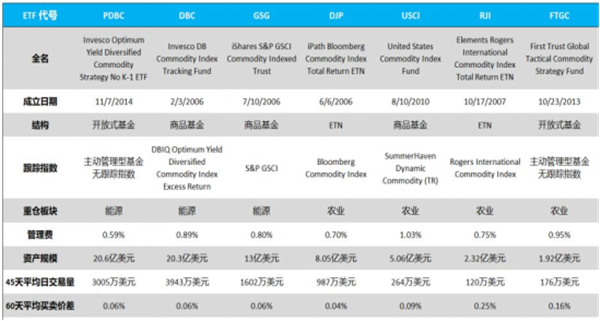
The unique risks and solutions of bulk commodity ETFs
The commodity market is usually in one of two different states: futures premium and spot premium (Contango andBackwarding). Futures premium refers to the situation where the futures price of a commodity is higher than the spot price. Spot premium refers to the current price or spot price of an indicator asset that is higher than the price traded in the futures market.
When the futures market is in a futures premium state, the rolling risk is "negative", which means that commodity ETFs will sell low priced futures that are about to expire and buy higher priced futures. This is called "negative rolling yield" (high priced futures increase costs and reduce ETF returns), making it difficult to accurately track the spot price of commodities.
So what strategies should commodity ETFs use to avoid the risks brought by futures premium markets.
Pursuing a tiered strategy and optimization strategy:
The ladder strategy uses futures with multiple expiration dates, which means that not all futures contracts will be immediately replaced. The optimization strategy is to simultaneously select the futures premium with the smallest price difference (Contango) and the spot premium with the largest price difference (Backward) to minimize costs and maximize returns. Both methods can avoid some risks, but doing so makes it difficult to obtain greater profits from short-term fluctuations in commodity prices. Therefore, they may be more suitable for long-term, risk averse investors.
When the futures market is in a spot premium state, the rolling risk is "positive", which means that commodity ETF traders will short sell assets at spot prices and purchase futures contracts to obtain profits, resulting in the so-called "positive rolling yield".
However, regardless of the state of the futures market, futures based ETFs will incur higher fees as they require continuous extension of futures contracts. The fee ratio of futures based non leveraged commodity ETFs is typically between 0.50% and 1.00%, but the fee ratio of leveraged commodity funds typically starts at 1.00% and may be higher.
Another risk faced by futures based ETFs is that they may not simply track commodity prices, but may be influenced by futures prices as they require buying or selling a large number of futures contracts at a predictable time, known as a "roll planSchedule). This also puts ETFs at the mercy of traders, which may lead to an increase or decrease in expected ETF trading prices. Finally, due to commodity trading regulations, the size of commodity positions that ETFs can undertake will be limited.
Examples of commodity ETFs in the market
Commodity ETFs include a wide range of basic commodities, including precious metals, oil, and natural gas. In addition, other commodity ETFs track a diversified basket of commodities. Investors will have their own judgments based on different fields, and some commodity ETFs with good reputation are as follows:
Precious metals such as gold and silver are the most popular ETFs because such hard currency will not deteriorate or deteriorate.
SPDR Gold Shares and iShares Silver Trust are the two largest gold and silver ETFs. SPDR Gold SharesThe fee ratio for ETFs is 0.40%, while the fee ratio for iShares Silver Trust is 0.50%.
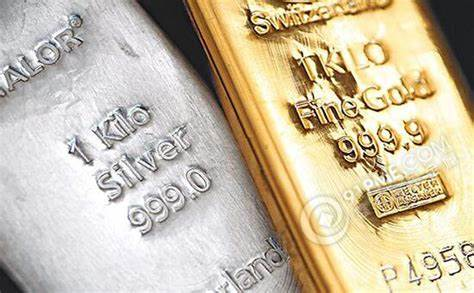
Another popular commodity ETF is oil and natural gas. However, due to the inability of oil and natural gas to be stored like precious metals, these ETFs invest in futures contracts rather than commodities themselves. SPDR S& POil& The Gas ETF has a diversified investment portfolio of 60 oil and gas companies.
Some investors prefer to increase investment diversification through commodity ETFs. There are also some ETFs, such as the iShares MSCI Global Agricultural Producers ETF, which tracks the US Agricultural Production Index.
Epilogue
Commodity is one of the investment varieties that are of great interest to investors. The rapid development of the ETF market has provided investors with many convenient and efficient ways to invest in commodities.
Before considering purchasing commodity ETFs, investors need to first understand the sources of return on commodity investment, the historical patterns of commodity price changes, and the potential risks involved in investing in commodities. After fully mastering the necessary knowledge for investing in commodities, consider whether this investment category can bring value to one's asset portfolio, improve one's investment return, and reduce the risk of one's investment portfolio.
Knowing oneself and the enemy, one will never be defeated in a hundred battles. Smart investors always fight prepared battles.
Risk Reminder and Disclaimer: There are risks in the market, and investment needs to be cautious. This article does not constitute any investment advice. -
